At the end of the Edo Period and
with the Meiji Restoration crisis
- Adoption of modern Western technology
Operations concentrated at Besshi mineOvercoming the turmoil of the last days of the Tokugawa Shogunate and reviving the Besshi Copper Mine.
Sumitomo had to endure a serious crisis as Japan was racked by social convulsions from the end of shogun rule. Threatened by warehouse seizures and the requisition of the Besshi mine, the company faced possible collapse.
Sumitomo overcame the crisis due largely to the unceasing efforts of Saihei Hirose (please refer to the column at right), the general manager of Besshi at the time.
Yet management faced repeated crises
as business conditions worsened. Hirose fought to stop factions within the Sumitomo family from selling the Besshi mine. The various measures he took laid the foundations for the mine's ultimate revival.
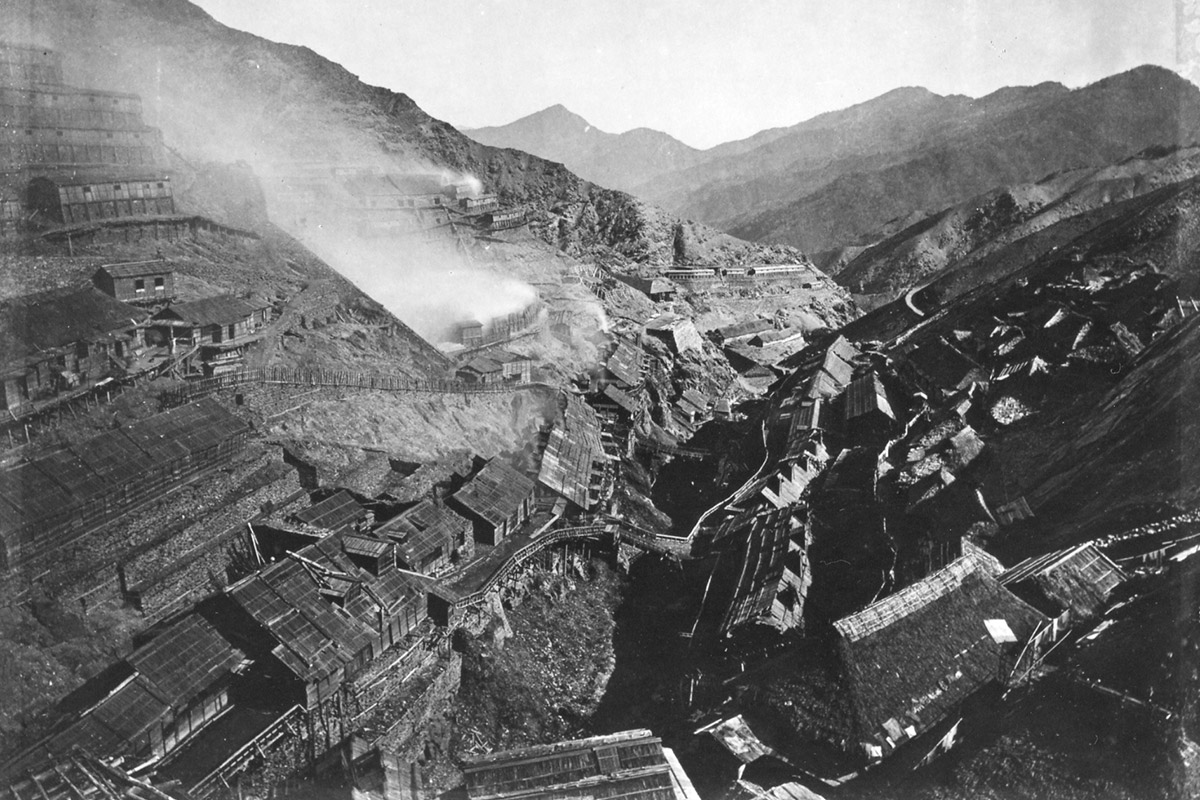
A technical revolution in miningIncrease in production capacity through introduction of Western and new technologies
In 1874, Hirose hired the French mining engineer Larroque to advise on the introduction of Western technology to revitalize Besshi’s production capacity. Larroque wrote a detailed report on how to reform methods at Besshi from a Western mining and metallurgical viewpoint. Hirose introduced a number of technological innovations.
Dynamite was first used for tunneling at Besshi in 1882, and in 1891 the mine began using a rock drill. Railway construction began at Besshi in 1890.
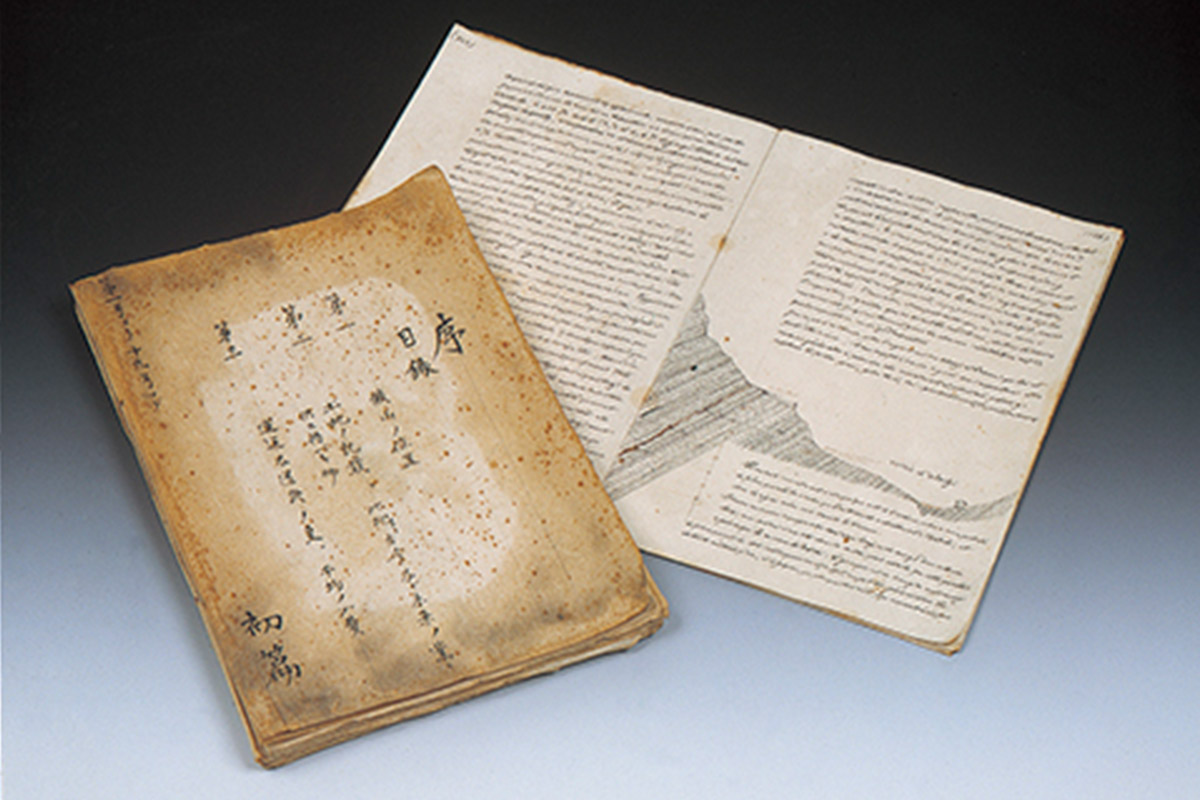
Adoption of Western smelting methodsSubstantial increase in copper production with start of operations of a Western-style smelter
On the metal refining side, in 1884 a pilot-scale Western-style copper smelter was constructed and began operating at a site in Niihama. Full-scale smelting operations began in 1888. Transport capacity increased dramatically once the dedicated railway was completed to connect the mine to the smelter. Coppersmelting volumes grew substantially at Niihama.
The adoption of Western methods revolutionized the technology employed at the Besshi mine. By 1897, annual copper output had grown to 3,500t, some six times the production figure thirty years earlier.
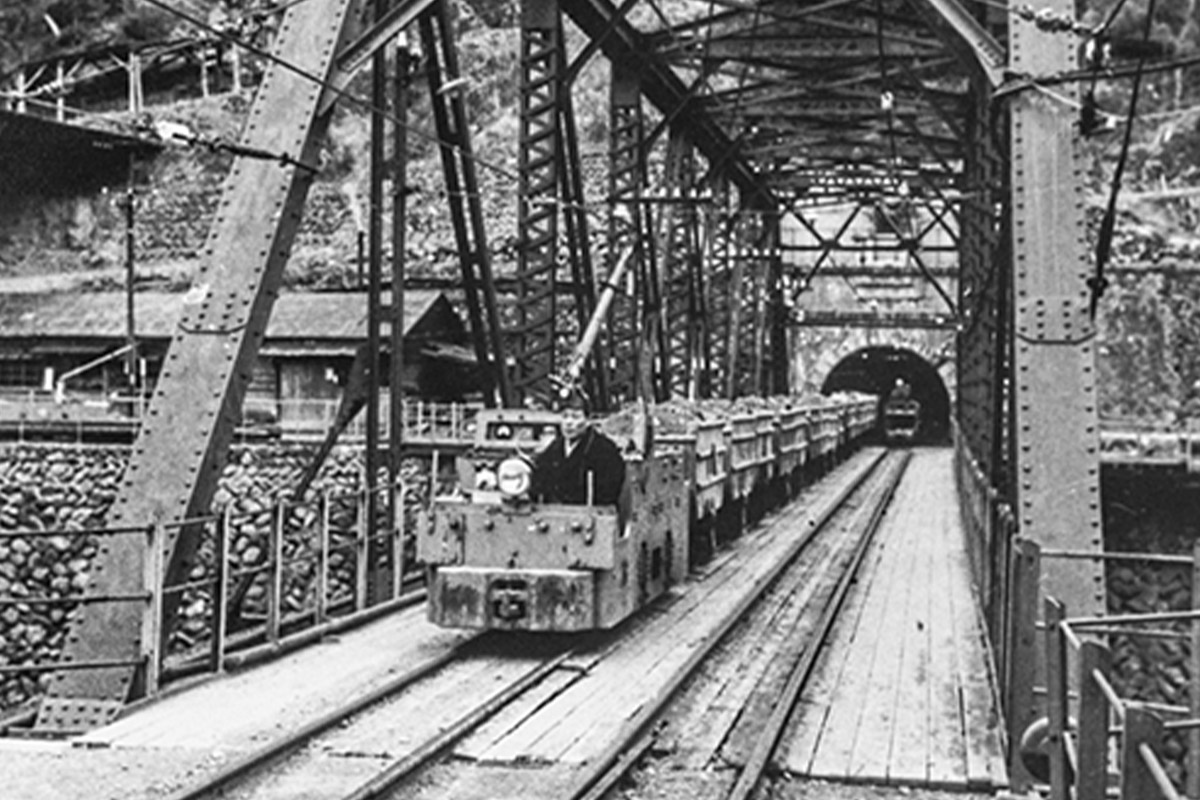
(Showa Period)
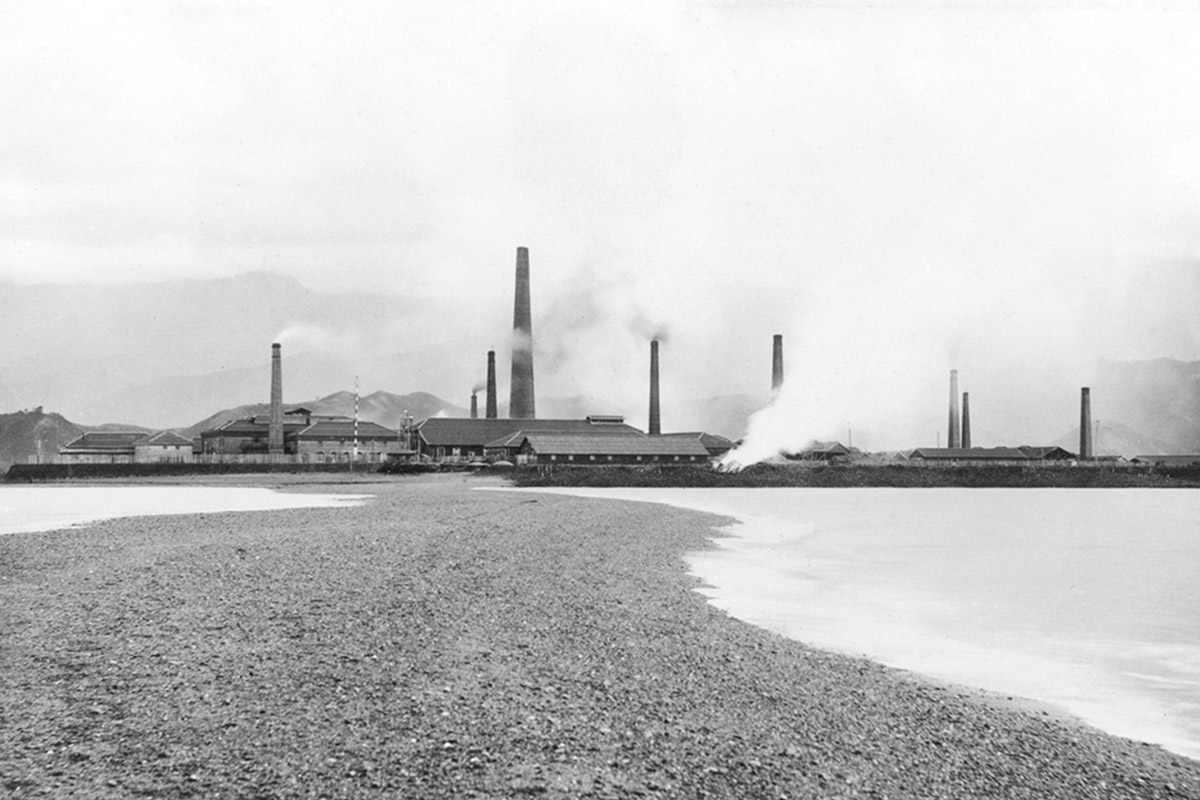
Saihei Hirose (1828–1914) and the Besshi copper mine
Overcoming the crisis at Besshi
Hirose had lived on the mountain at Besshi from a young age. On occasion he had visited the mine tunnels, and he knew that there were extensive ore deposits under the mountain. When Koichiro Kawada (a
samurai from the victorious Kochi Prefecturebased Tosa clan who later became governor of the Bank of Japan) came to requisition the mine, Hirose argued forcefully that, while Besshi had been subject to Tokugawa shogunate
rule, the Sumitomo family had always managed it independently. It would not be in the national interest to confiscate the Besshi mine and put it in the hands of somebody with little experience of its operations.
Kawada was impressed by Hirose's argument. The two men sought and obtained the formal approval of the new Meiji government to continue operations under Sumitomo control.
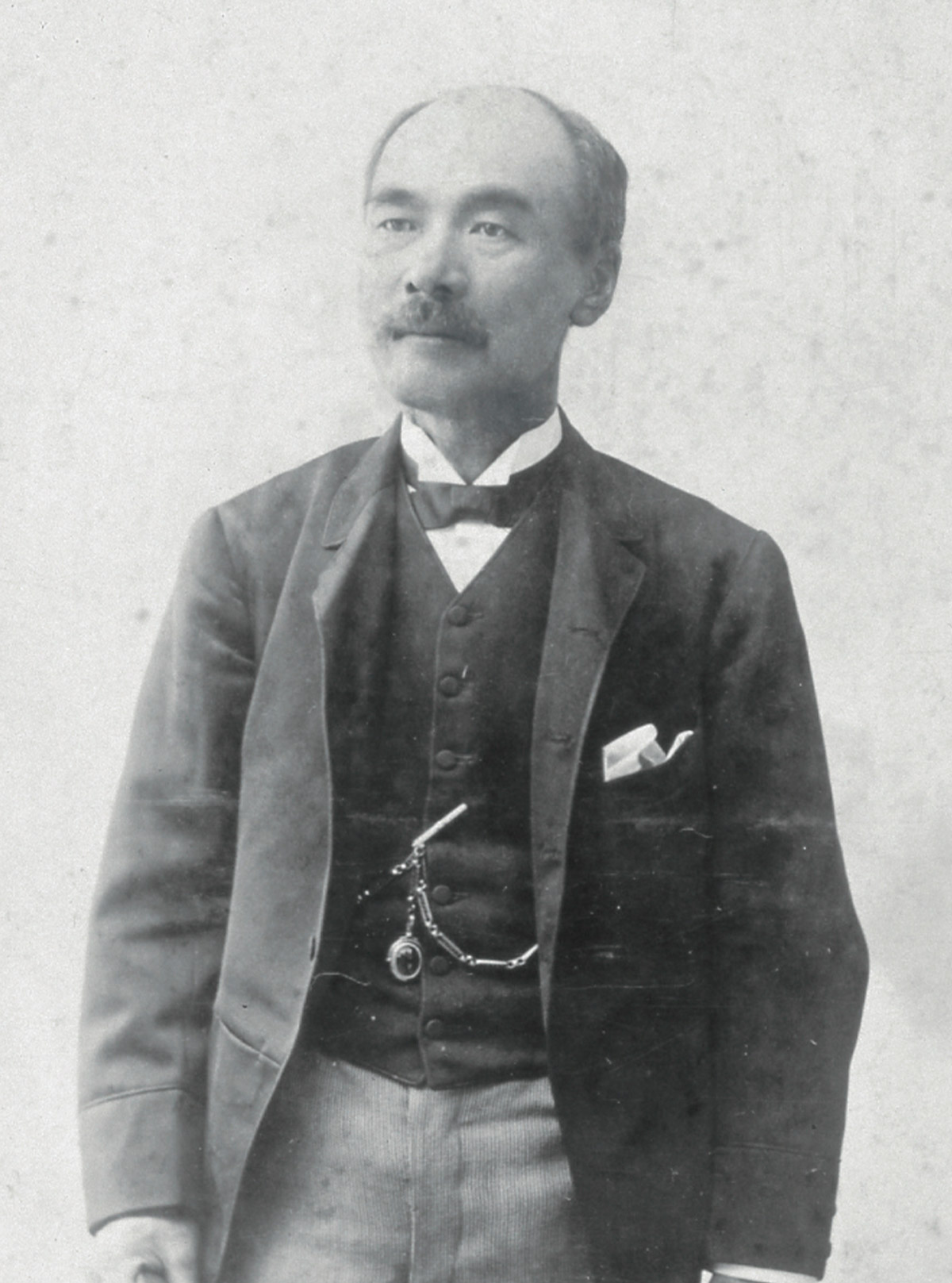
Concentration of operations at Besshi
In 1871 the Meiji government ordered Hirose to inspect other mines at Ikuno. At Ikuno, Hirose met the advising French engineer Coignet and learned about modern mining techniques using black powder. This trip convinced Hirose that he had no other choice but to introduce Western methods at Besshi to ensure the firm's revival. Planning to concentrate operations at Besshi, he set about closing down unprofitable operations in other parts of Japan. Following an inspection of a mine on the Izu peninsula, Hirose stopped over at Tokyo. At that time, steps were taken to close certain financial operations including the Nakahashi commercial exchange office in Chuo-ku, Yaesu and a rice brokerage in Asakusa.
The modernization of the Besshi mine
Based on the report written by the French engineer Larroque, Hirose began modernizing the mining and transport methods used at Besshi to extend the eastern sloping mine shafts and replace the ox carts still in use at that time. When dynamite was first introduced to blast new support tunnels, it enabled the completion of 1,021 meters of new tunneling in just four years. On his later travels to the West to celebrate his 60th birthday, in North America Hirose saw how a railway line had been cut through the precipitous terrain of the Rockie Mountains to connect to the Colorado Central mine. He made plans to do the same at Besshi.
Learn about the history of SMM from its founding to the present day.